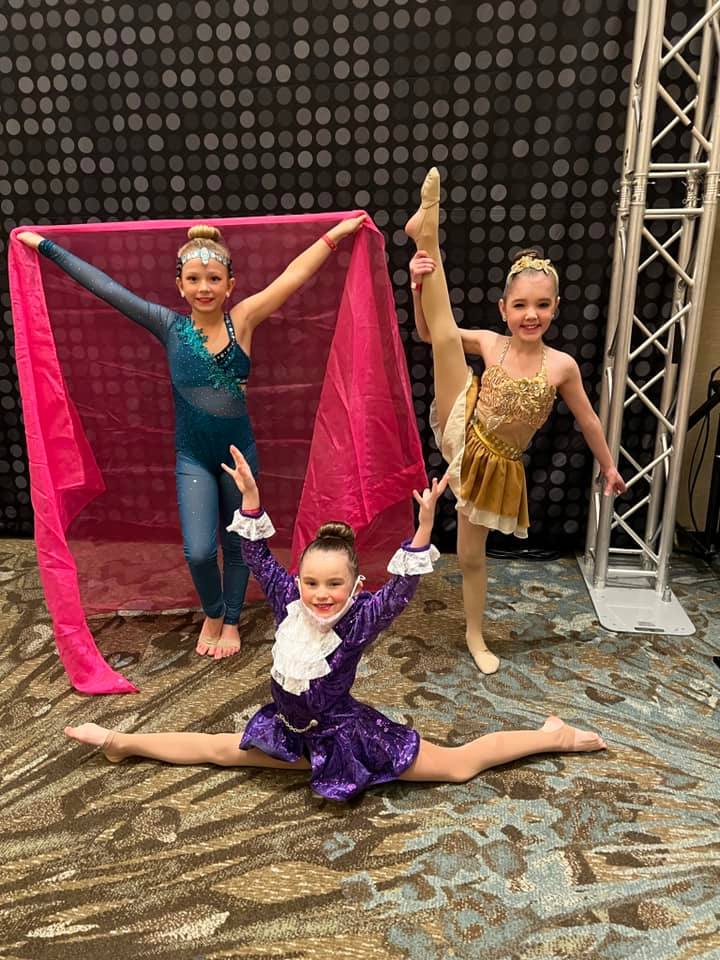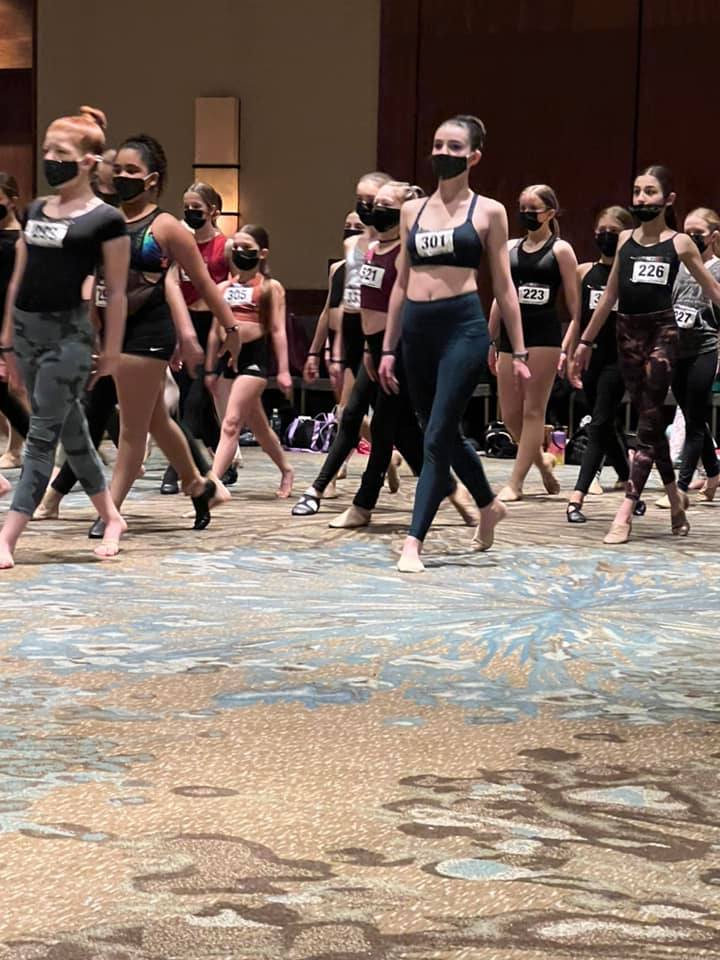After reaching adulthood, you will possibly enjoy performing enormous activities rather than doing bass-heavy dance tracks. Although dancing is just a perfect physical activity, which offers relaxation and lots of fun to the body. There are even much more ways to stay active, seek relaxation, and maintain your physical aptness, without any embarrassment.
Ballet, this dancing style is a great way to jump-start your classes compared to other dance forms. You might get surprised to learn that your body is working hard while you are sweating in the dance studio. Your body will also perform plenty of workouts if you combine aerobic sessions with muscle toning exercises, without putting it under excessive stress. So, here we are going to underline the best 5 benefits of ballet that also make a great workout routine –
- Improve Body Posture
Because we’ve all witnessed the grace and excellent poise of trained ballet dancers, this dance form helps to hold the fitness of the body. Ballet emphasizes to maintain a straight neck, chin up, and shoulders back fit. Being conscious of your position and movements of the body in ballet helps you to overcome that hunch you have been trying to work on.
- Muscle Toning And Lengthening
This famous dance style intends upon a significant number of muscle groups in the body. Ballet isn’t just all about legs and feet. But, you will also be working on your arms, abs, and back as you focus on poise and positioning, along with performing several repetitions to properly activate those muscles.
- Improves Flexibility of The Body
It takes practice to be flexible throughout the ballet tracks. Your muscles will become accustomed to all these new movements through constant stretching and practice, and they will also be able to apply more force than ever before. Therefore, this dancing style helps to improve the overall flexibility of the body.
- Boost Your Attention Power
It’s difficult to lose attention while performing any style of dancing. So, Ballet demands your complete attention since you must pay attention to the movements, what is coming next, and stay active while performing with other students or taking dance lessons from teachers. You can eventually notice an improvement in your attention span as you exercise your mind while concentrating on your physical body. Dancing further helps to eliminate the risk of dementia according to some research reports.
- Get Social
At the beginning of ballet lessons, you might sense pretty uncomfortable although it’s quite overwhelming to take ballet lessons from highly-trained dance teachers. Several beginner’s ballet lessons are available to offer everyone an opportunity to sign-up in a relaxed environment and immediately started learning. Taking Ballet lessons has lots of fun to do with your companions as well as with everyone riding in the same boat. To become social and grow your network, it’s a perfect physical activity to sign-up and stay active as always. Once you’re prepared to spend some enjoyable hours in the dancing class with other students, you need to put on your socks and leggings to begin.
Now, looking for the top-ranked institute to take Ballet lessons? Then, Distinctive Dance Etc is your ideal match providing a stimulating environment for students of all ages to explore and acquire skills while having fun. Located in Greenwood Proper in Warwick, DDE has a range of programs to match each child’s needs to take dance lessons. Feel delighted to get in touch with our certified institutors and visit us at www.distinctivedanceetc.com right now!






